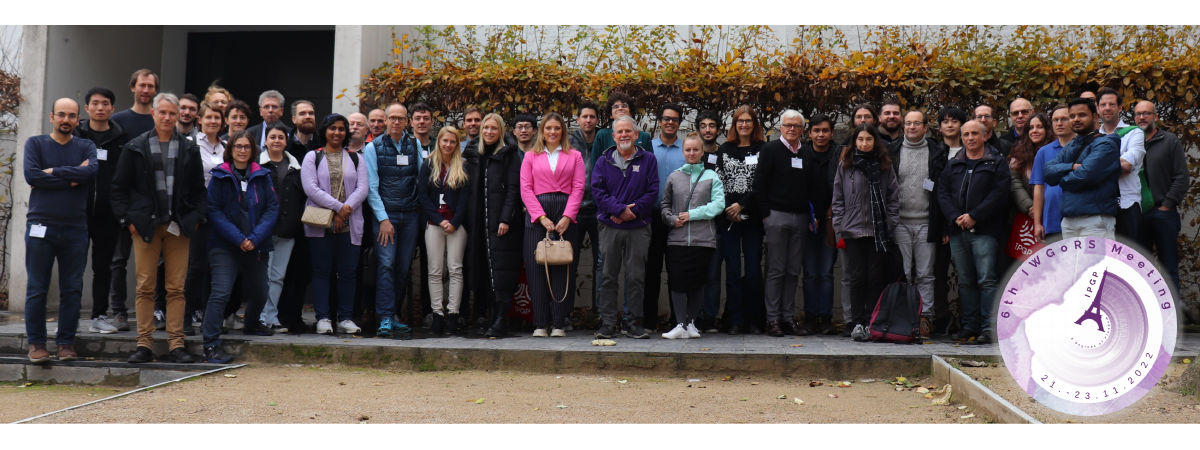Strong motion seismology and rotations: history and future directions
Vladimir Graizer and Erol Kalkan
Since the beginning of strong ground motion networks in the mid 1930s thousands of 3-component large amplitude recordings were collected. Most common strong motion instruments are pendulums of the mass-on-rod type designed to record translational acceleration. Original method of data processing allows for calculation of translational acceleration, velocity and displacement within a limited frequency range (Trifunac, 1969). Since 1980s new generation of digital instruments has been replacing film recorders. With higher resolution instruments and a number of accelerograms recorded in the vicinity of faults, scientists also attempted to recover residual displacements (Graizer 1979; Iwan et al. 1985). Limitation of strong motion data processing is due to the resolution (dynamic range) of the instruments, and its sensitivity to tilts (Graizer 2005, 2010).
Starting from 1970s researchers in different countries were attempting to measure or estimate rotations during strong earthquake motions. But only recently this area started getting attention with new instruments designed to record rotations, and the realization of scientific and engineering importance of rotational component of ground motion. Besides laboratory and field testing of new instruments there is a need to provide mathematical description of their response in a way similar to that of a pendulum response.
In mean time large collection of existing strong motion recordings allows at least in some cases for extracting tilts from the records. The method of tilt evaluation using uncorrected strong-motion accelerograms was developed and tested numerically and experimentally (Graizer, 1989, 2006). The method is based on the difference in the tilt sensitivity of the horizontal and vertical pendulums and requires usage of uncorrected records. It was applied to a number of strongest free-field and building records of the 1994 Mw 6.7 Northridge earthquake. Relatively large tilts of up to a few degrees occurred during strong ground shaking. Residual tilt extracted from the strong-motion record at the Pacoima Dam – Upper Left Abutment reached 3.1 degrees in NE direction, and was a result of local earthquake induced tilting due to high amplitude shaking. Processing of most of the strongest free-field and building records of the Northridge earthquake shows that tilts, if happened, were within the error of the method, or less than about 0.5 degree. In a few cases including buildings damaged during Northridge earthquake tilts in buildings reached few degrees during the strongest shaking. For example, residual tilt of about 1 degree was recovered at the Los Angeles code instrumented building Woodland Hills – Oxnard #4. According to a number of studies this 13-story office building sustained significant damage during the Northridge earthquake. Residual tilts from 0.4 up to 3.5 degrees were also calculated for the four locations at the Los Angeles – 6-story building (CSMIP station 24652) during the Northridge earthquake. Residual tilts extracted from the records can be interpreted as another sign of building damage.
Dynamic response of most seismological instruments and many engineering structures to ground shaking can be represented via response of a pendulum. We considered complete equations of motion for different types of pendulum: (i) conventional (mass-on-rod), (ii) mass-on-spring type, and (iii) inverted (astatic). The response sensitivities to each component of complex ground motion are examined using close-form solutions in time-domain given by the Duhamel’s integral (Graizer and Kalkan, 2008). The results of this study show that a horizontal pendulum similar to an accelerometer used in strong motion measurements is practically sensitive to translational motion and tilt only, while inverted pendulum commonly utilized to idealize multi-degree-of-freedom systems is sensitive not only to translational components, but also to angular accelerations and tilt. For better understanding of the inverted pendulum’s dynamic behavior under complex ground excitation, relative contribution of each component of motion on response variants is carefully isolated. The systematically applied loading protocols indicate that vertical component of motion may create time-dependent variations on pendulum’s oscillation period; yet most dramatic impact on response is produced by the tilting (rocking) component Kalkan and Graizer, 2007a,b).
.png)